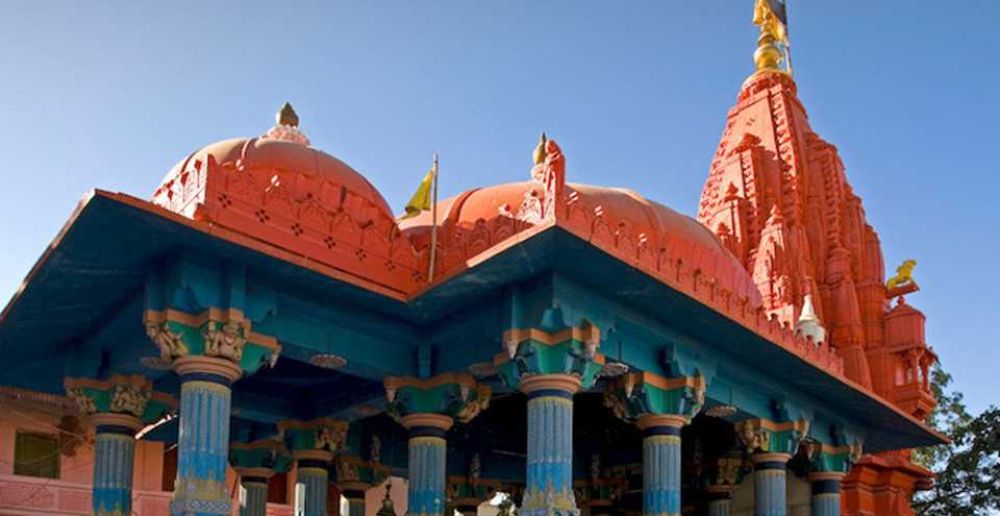

Pushkar, a town in the Ajmer district of Rajasthan, India, is one of the oldest cities in the country. It is often referred to as ‘Tirth Raj’ (King of pilgrimage sites) with its history steeped in mythology and tradition. The town is renowned for its sacred Pushkar Lake, Brahma Temple, and several other historical Hindu temples, among which Atmeshwar Temple holds a significant spiritual position.
The Atmeshwar Temple is dedicated to Lord Shiva, one of the principal deities in Hinduism. This temple has an important place in Pushkar's history and religious tourism due to its architectural splendor and the belief that it was constructed in the 12th century AD, making it a testament to medieval Indian temple architecture.
According to legend, the Atmeshwar Temple celebrates Lord Shiva's presence in Pushkar and his role in the cosmic creation. The temple's consecration is commemorated during the auspicious occasion of Maha Shivaratri, attracting devotees from across the country.
Pushkar's emergence as a tourist destination can be traced back to the time when it was considered a significant religious site hundreds of years ago. Pilgrims have been visiting the holy town and the Atmeshwar Temple for centuries. The Pushkar fair, also known as the Pushkar Camel Fair, has also played a crucial role in putting Pushkar on the map for international tourists seeking to experience India's cultural and religious diversity.
With the advent of more accessible means of transportation and communication, the late 20th and early 21st centuries saw a significant increase in tourist footfall, not just for spiritual reasons but also for cultural tourism, adventure, and leisure.
Tourism in Pushkar and the Atmeshwar Temple has evolved with the changing times. Recent trends indicate a rise in experience-based travel where tourists seek to immerse themselves in local culture. This includes staying in boutique hotels or heritage properties, participating in local festivals, and engaging in activities like camel safaris and hot air ballooning.
Sustainability and responsible tourism are also becoming important, with initiatives aiming to preserve Pushkar’s natural and cultural heritage. This includes managing the impact of tourism on the town's resources and engaging the local community in tourism development.
The growth of digital platforms and social media has also had an impact, allowing travelers to discover lesser-known aspects of places like the Atmeshwar Temple. As a result, there's been an increase in off-season travel, as individuals are more informed about the best times to visit to avoid crowds and have a more authentic experience.
Furthermore, the emphasis on wellness tourism has been on the rise, with Pushkar providing an ideal backdrop for yoga and meditation retreats that complement the spiritual ambiance of the sacred city.
The Atmeshwar Temple is an integral part of Pushkar's rich tapestry of history and spirituality that has drawn tourists for generations. As tourism trends continue to evolve, Pushkar remains a beacon for those seeking spiritual enlightenment, cultural exchanges, and serene experiences, ensuring its legacy as a timeless tourist destination in India.